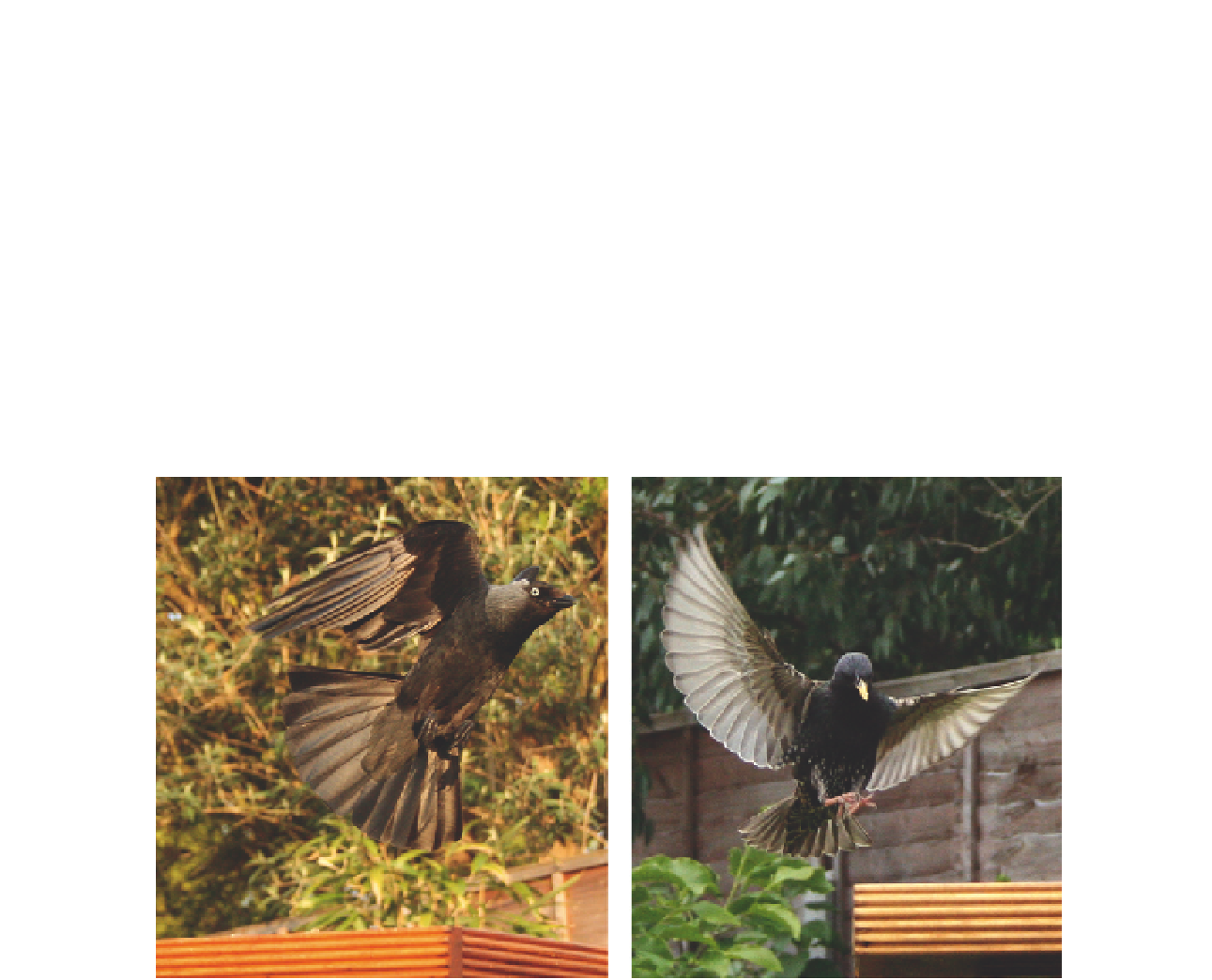Graphics Reference
In-Depth Information
The sequential photographic work of Eadweard Muybridge was
groundbreaking in its day, providing information about movement
that was hitherto unknown. To this day his photographs still provide
us with an invaluable resource and remain perhaps the most famous
examples of this objective approach to capturing movement and analyzing
dynamics.
Drawing is clearly a very useful approach to observation and action
analysis, but photography is far more suited to recording a specific range
of subjects. In doing so it provides reference material that is objective.
With the use of very high shutter speeds, cameras are able to freeze a
single moment in a very rapid action that even the keenest eye could
otherwise miss.
FIG 7.16
Recording fast action will provide details that the human eye may miss.
Single images may be useful for gaining information on the details of a figure
in motion, though on their own, without subsequent related images, they
may prove of rather limited value. A single frozen moment from within a
movement can provide an indication of an action such as balance, positioning
of the limbs, rotation of the torso, or angle of the head, but on its own the
single image might not be enough to gauge the dynamic nature of the entire
movement.

